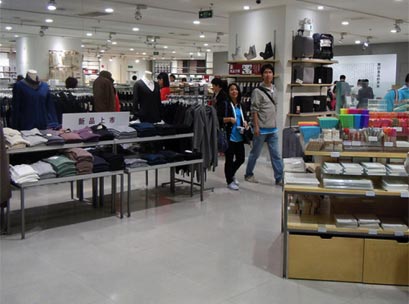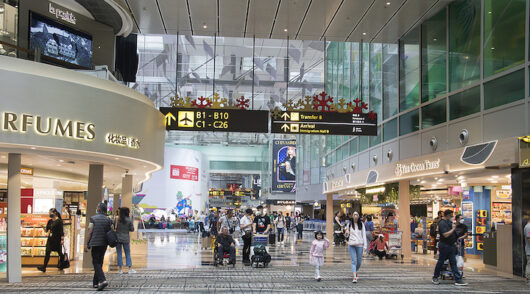Mainstream Asian economies are booming, propelling an unprecedented number of consumers into the burgeoning middle class and fuelling retail spending growth.
But with challenges of immature supply chains, shortages of skilled labour, corruption and a myriad of different styles of doing business across the region, is it really worth it for Australian companies to be chasing these growing markets?
In a word, yes, says Australian Andrew Brien, CEO of Malaysia’s leading shopping centre Suria KLCC.
“Succeeding in Asia is doable – but you’ve got to be aware how to jump through the hoops,” Brien told participants of the Westfield Asia Express Retail Study Tour in Singapore.
With more than six years working in Malaysia, Brien is well placed to advise retailers considering exploring markets in the region. The six shopping centres in his company’s $2 billion portfolio boast 600 tenancies, ranging from Louis Vuitton to ‘ma and pa’ food court tenants. Brien moved to Kuala Lumpur when Westfield had a 10 per cent stake in Suria KLCC along with the management contract. When Westfield sold out, Brien stayed on.
The challenges facing new entrant retailers make for a formidable list – but Brien says the rewards are there if you’re prepared to tackle them.
For example, China’s retail sales in 2009 rose 15 per cent; (although when you remove categories like coal and cars from the figures, the real retail growth rate is about half that.) Hong Kong sales look like posting 15 per cent growth this year; Malaysia’s retail sales look like recovering healthily in 2010 after a minimal 0.7 per cent rise last year.
The challenges
Brien’s list of challenges doing retail business in Asia include:
* Intellectual and property rights: “You will get hit and you don’t get much help. It’s getting better but it’s got a long long way to go.”
Cost structure: You might get staff for just $15,000 to $20,000 a year “but you get what you pay for”. “You’re getting a less sophisticated staff member. You’ve got to put money into training.”
Trading hours of 10am to 10pm 365 days a year come as a real shock to a lot of retailers. And, realistically, if you’ve got a food operation you’ll trade 18 hours a day, Brien warns.
* Logistics: The challenge of getting food products to stores on time within a stable temperature range to ensure quality can add to overheads. Supply chains aren’t always as sophisticated as in western markets.
* Data: Useful data such as market demographics or consumer spending patterns is sparse. “There are very few landlords who have the sort of information you’re used to getting form a Westfield or Lend Lease about the trade area of the shopping centre. We’re one of the few groups that do exit research, for example, like that you’re used to getting in Australia. Even census data is unreliable. People are very private and generally humble. They don’t like to share that sort of information.”
* Marketing sophistication: Brien says too many Asian retailers rely on discount and price promotion to drive marketing: ‘Buy one, get one free’ campaigns are far too common.
* Tenancy negotiations: Ownership of shopping centres in Asia predominantly rests with families.
Singapore-based Capitaland is the largest operator in the region, (excluding Hong Kong). The down side of that is a retailer entering a market cannot sit down and talk to a shopping centre operator and plan a rollout of 25 stores.
Brien warns retailers not to expect to do things in Asia the way they would at home.
“A lot of people come from Australia and do things the way they were doing in Australia and fail. It’s not home.”
For example, if you think you’re going to be able to negotiate a supply deal over lunch, as you might in Sydney, forget it. “It’s going to take a month.
“I’m not saying its wrong, it’s just different and you’ve got to get your head around it.
Brien strongly recommends seeking counsel from Austrade at the early stages of planning an entry into Asia, because the Government body has experienced people on the ground in all markets and understands local dynamics.
If all of the above sounds discouraging, it shouldn’t. Consider the upside: “Shopping is a sport.”
This feature first appeared in Inside Retailing Magazine. Click here to subscribe.






